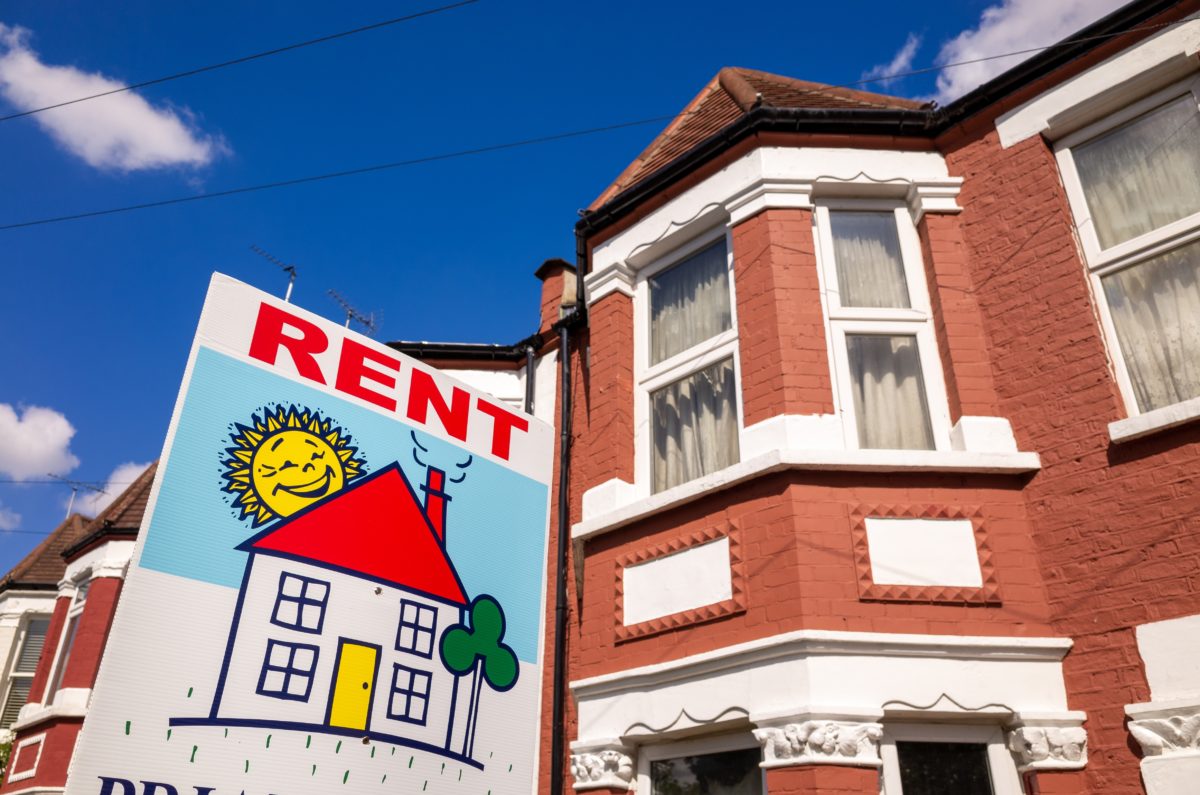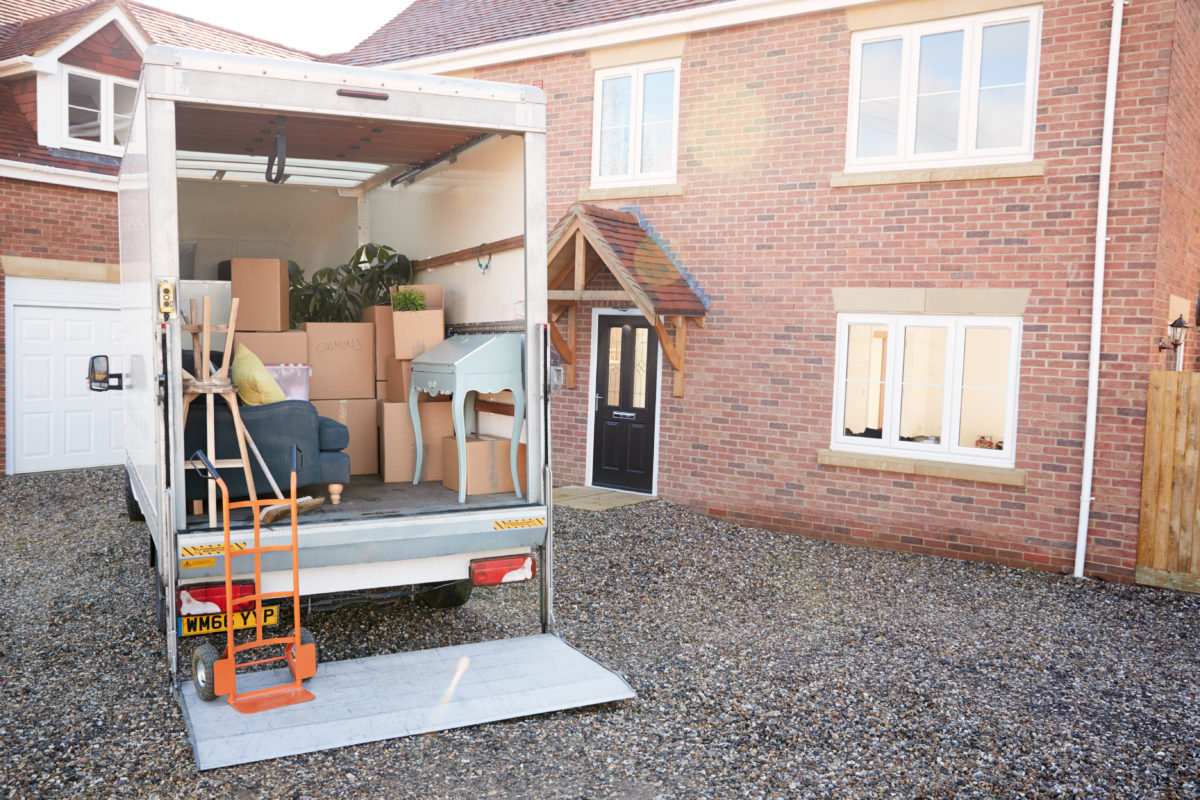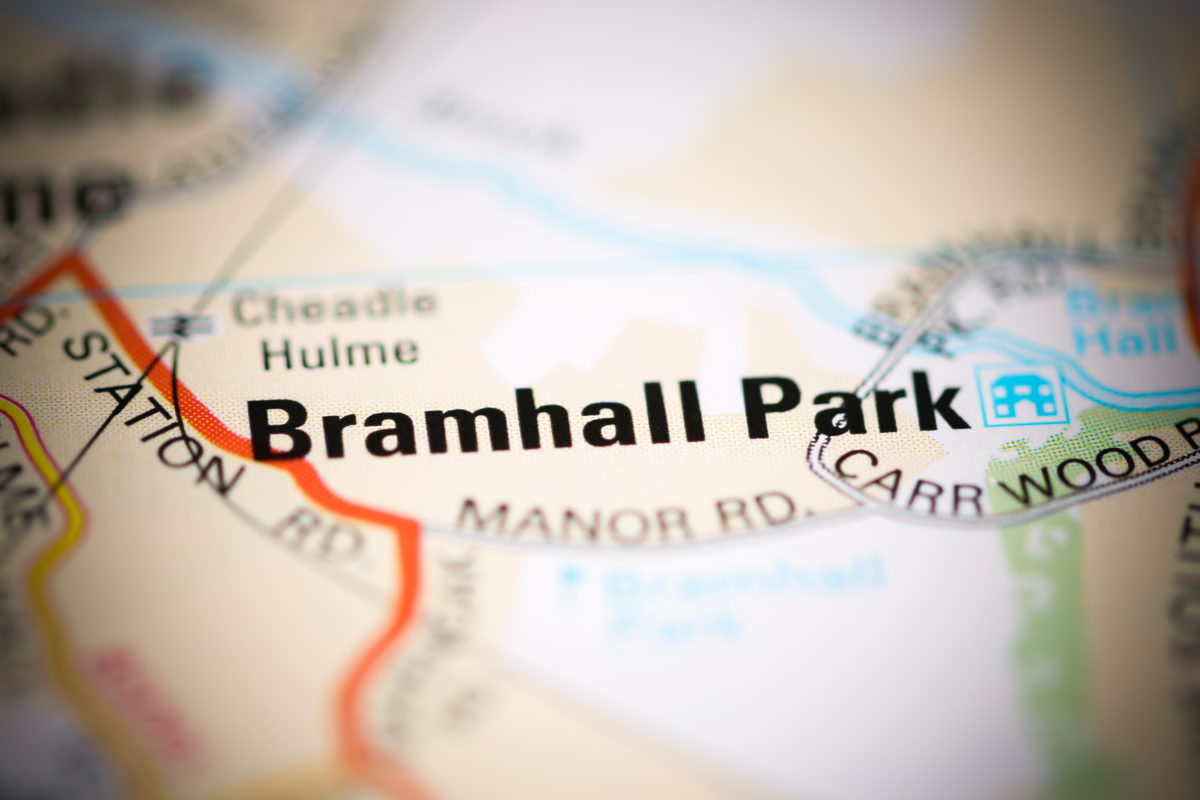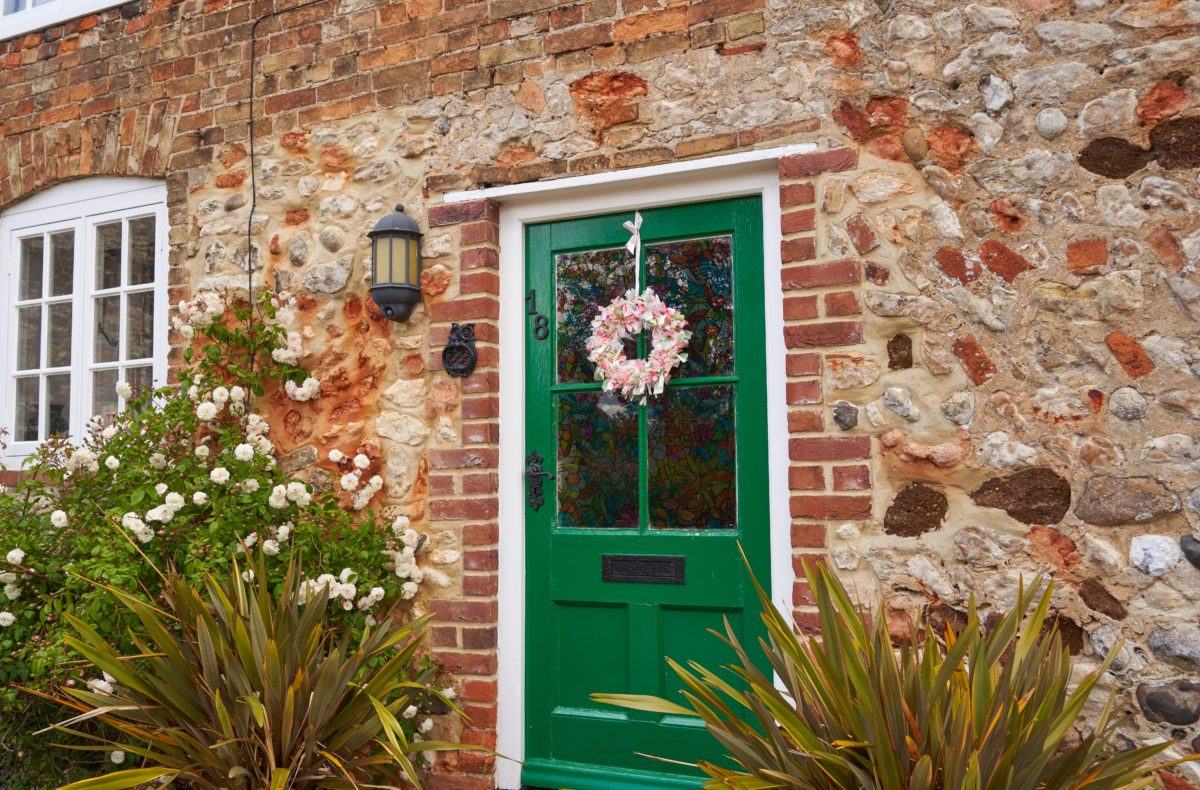Lower Stamp Duty Rates – Will they work?
On Friday last week, the Chancellor announced a cut to Stamp Duty rates (along with some other measures) in an effort to boost the economy and to prevent a slowdown in the property market. The ‘R’ word has been increasingly spoken about recently and the new Prime Minister, Liz Truss and her Chancellor, Kwasi Kwarteng are under increasing pressure to stop the economy sliding into a Recession. Here, Sarah Ellam looks at the changes that were made and explores whether the new changes will work.
So what were the changes?
- The threshold at which stamp duty becomes payable has increased from £125,000 to £250,000
- The threshold for first time buyers has also increased from £300,000 to £425,000
- The value of the property on which first time buyers can claim stamp duty relief has also increased from £500,000 to £625,000
Significantly, the stamp duty cut is permanent and not just a ‘holiday’ like that which was introduced by Rishi Sunak and which came into effect on 8 July 2020.
Will it work?
Rightmove has suggested that now some 26% of houses will be exempt from stamp duty land tax, an increase from 7% and I am sure that reducing the cost of moving house will be more than welcomed by all those who can benefit from this.
There will be some, however, that would have already benefited from the previous relief that will now worry that these changes will further push up house prices, making it more costly for them to get on the property ladder.
With rising interest rates leading to less favourable mortgage deals than we were seeing some 6 or so months ago, whether the tax cuts be enough to counter the increasing costs of owning property remains to be seen, but it seems like a step in the right direction.
By Sarah Ellam










